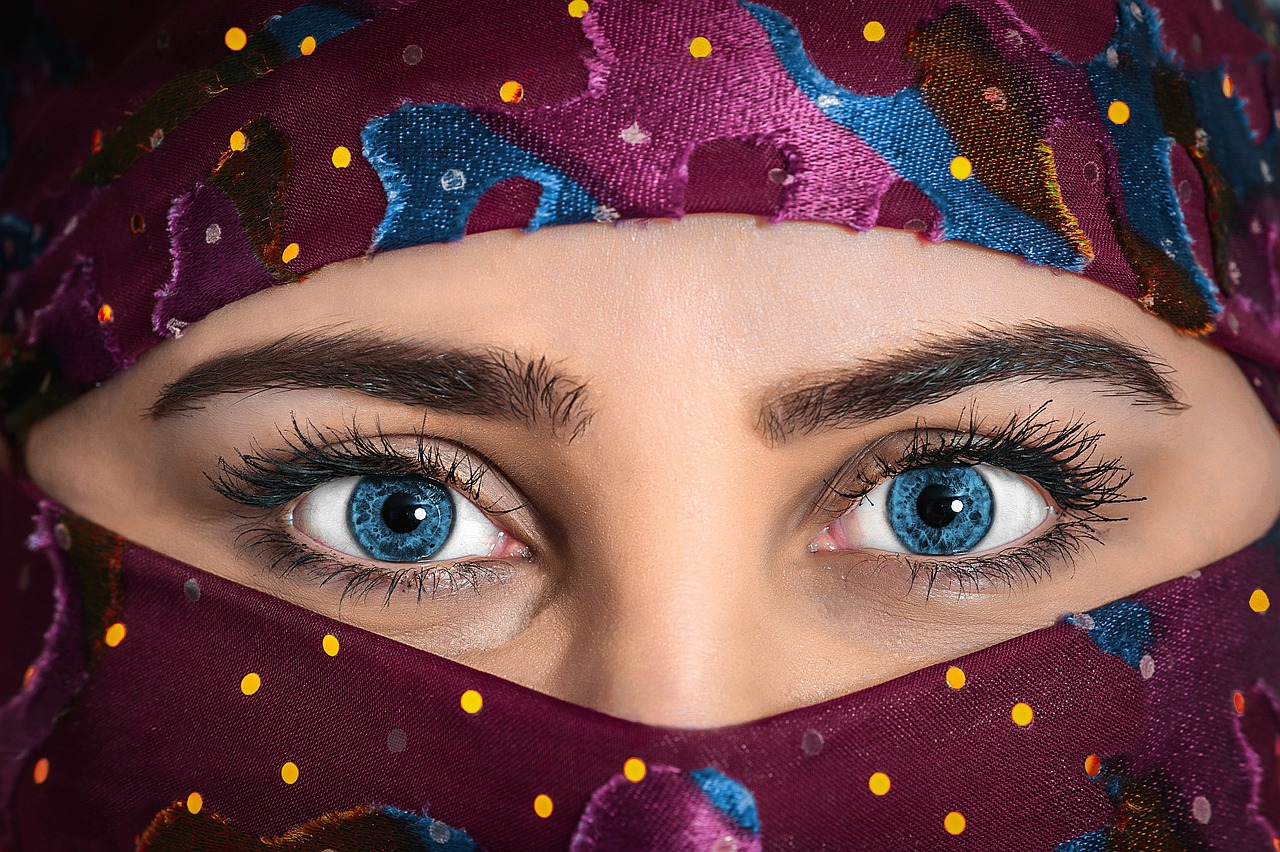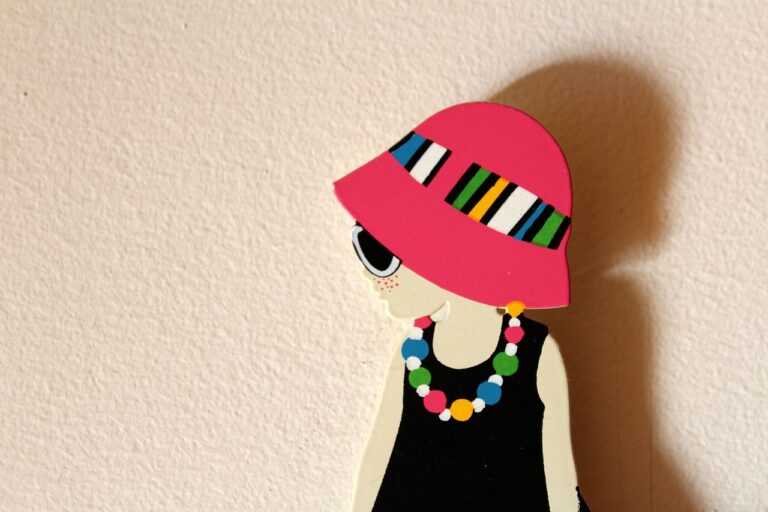Fashion and Sustainable Fashion Trends: Identifying Emerging Trends in Eco-Friendly Style
One key aspect of sustainable fashion is the choice of materials used in the production of clothing and accessories. Organic cotton is a popular eco-friendly material known for its reduced environmental impact compared to conventional cotton. It is grown without the use of synthetic pesticides or fertilizers, promoting healthier soil and water systems.
Another environmentally friendly material gaining popularity in fashion is Tencel, a fiber made from sustainably sourced wood pulp. Tencel production uses a closed-loop process, meaning that the solvents and water are recycled, resulting in minimal waste. This material is not only biodegradable but also has a soft feel and excellent moisture-wicking properties, making it a versatile choice for eco-conscious designers.
The Rise of Ethical Fashion Brands
Ethical fashion brands have been garnering attention in recent years for their commitment to sustainable and responsible practices. These brands prioritize transparency in their supply chain, ensuring that their workers are treated ethically and paid fair wages. By creating a positive impact on both people and the planet, ethical fashion brands are reshaping the industry and setting a new standard for ethical business practices.
Consumers are increasingly drawn to ethical fashion brands that align with their values and beliefs. The rise of social media has played a significant role in amplifying the message of these brands, allowing them to reach a wider audience and connect with like-minded individuals. As more consumers prioritize sustainability and ethical production, the demand for ethical fashion brands continues to grow, signaling a shift towards a more conscious and responsible fashion industry.
Innovative Sustainable Fashion Designs
Sustainable fashion designs have been gaining traction in the fashion industry, with more designers incorporating eco-friendly materials and practices into their creations. From upcycling old fabrics to using organic cotton and hemp, these innovative designs are pushing the boundaries of what is possible in fashion while minimizing their impact on the environment. By embracing sustainable practices, these designers are not only creating beautiful and unique pieces but also advocating for a more ethical and eco-conscious approach to fashion.
One example of innovative sustainable fashion designs is the use of biodegradable materials such as Tencel, a type of lyocell made from sustainably sourced wood pulp. This fabric is not only environmentally friendly but also has a luxurious feel, making it a popular choice among designers looking to create high-quality, sustainable garments. By incorporating materials like Tencel into their designs, fashion brands are not only reducing their carbon footprint but also promoting a more sustainable future for the industry as a whole.
Tencel, a biodegradable material made from sustainably sourced wood pulp, is gaining popularity among designers
Fashion brands are reducing their carbon footprint by incorporating materials like Tencel into their designs
Sustainable fashion designs are promoting a more eco-conscious future for the fashion industry
What are some examples of eco-friendly materials used in sustainable fashion designs?
Some examples of eco-friendly materials used in sustainable fashion designs include organic cotton, bamboo fabric, recycled polyester, and Tencel.
How can I identify ethical fashion brands?
Ethical fashion brands typically prioritize transparency in their supply chain, use sustainable materials, pay fair wages to workers, and have certifications such as Fair Trade or GOTS.
What are some innovative sustainable fashion designs?
Some innovative sustainable fashion designs include upcycling old garments into new pieces, using 3D printing technology to create zero-waste clothing, and incorporating solar panels into clothing for energy generation.







